China’s financing and investment spread across 61 BRI countries in 2023 (up...
2024-02-27 31 英文报告下载
For US credit, thefundamental impact of a weaker dollar is thematicallysimilar to other risk assets, i.e., whilea weaker USD providesa potential tailwind for corporate earnings (as ourequitycolleagues discuss in thefollowingsection), the negativeimpact of such an escalatoryaction from the US is likelyto outweigh the bottom line benefits (which arelikelyto play outata slower pace). However, a bigger near-term challenge for US credit is from a technical/demand standpoint, with non-US ownership of corporate bondsatall-timerecord highs, thus makingtheasst classvulnerableto sharp declines in USD that can cause MTM losses for overseas investors. Looking at the impact of the last three occurrences of currency intervention as outlined previously, IG credit tended to perform poorly in the following months. Although one cannot view the interventions on their own as the cause of the spread widening, outside of the broader economic circumstances that precipitated them, the events did tend to serve as an inflection point in spreads.Foreign flows naturally come to mind in searching for the underlying mechanism driving spreads wider over the periods following intervention. However,examining data from the Treasury International Capital (TIC) System shows that foreign flows did not shift meaningfully in a sustained way following intervention.
What's different this timearound is that theforeign ownership of IG has increased dramatically over the past fiveyears, and now accounts for~28% of overall US corporatecredit (higher than all other investor types): In fact,Fed data show thatnon- US investors have been the marginal buyer of credit since 2015,absorbingnearly 50% of the growth in the market over the past four years. We have already seen evidence of how sensitive the IG credit market is to this marginal buyer stepping back, with 2018 providing a good case study. While 2018 saw weak returns across the board, price action in the firsthalf of the year was especially informative when thinking about the impact on credit.From January 2018 through June 2018, risk assets such as large- and small-cap equities and HY (especially CCCs) posted strong returns. In contrast, IG had its worst 1H performance in 2018 since 2008, posting excess returns of -1.82%, with benchmark spreads wider by 29bp. In large part, this weakness in IG was driven by meaningful softness in demand technicals. While mutual fund outflows were also to blame, the bigger deal was less buying from overseas investors. Currency-hedging costs rose rapidly in early 2018, making US fixed income assets look less attractive for overseas investors, while global fixed income yields also became more competitive.

标签: 英文报告下载
相关文章
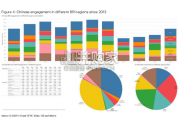
China’s financing and investment spread across 61 BRI countries in 2023 (up...
2024-02-27 31 英文报告下载
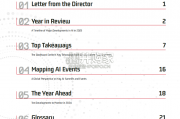
Though the risk of AI leading to catastrophe or human extinction had...
2024-02-26 51 英文报告下载
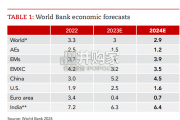
Focusing on the prospects for 2024, global growth is likely to come i...
2024-02-21 96 英文报告下载
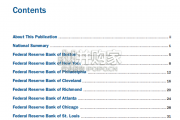
Economic activity declined slightly on average, employment was roughly flat...
2024-02-07 67 英文报告下载
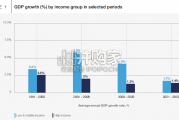
Economic growth can be defned as an increase in the quantity or quali...
2024-02-06 82 英文报告下载
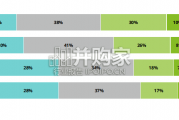
In this initial quarterly survey, 41% of leaders reported their organizatio...
2024-02-05 66 英文报告下载
最新留言